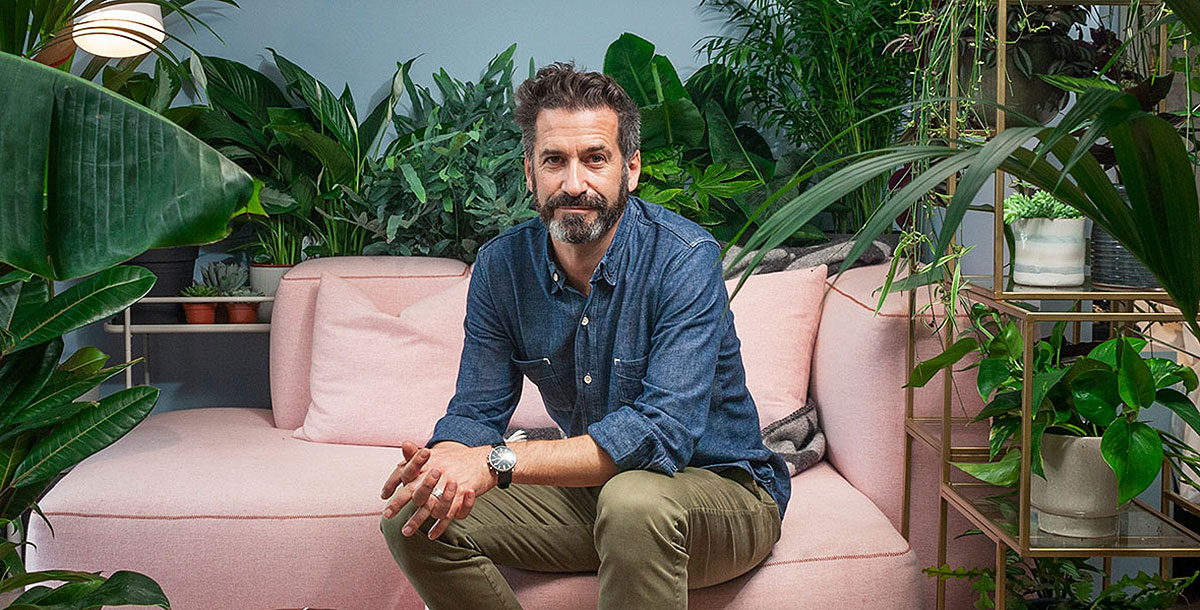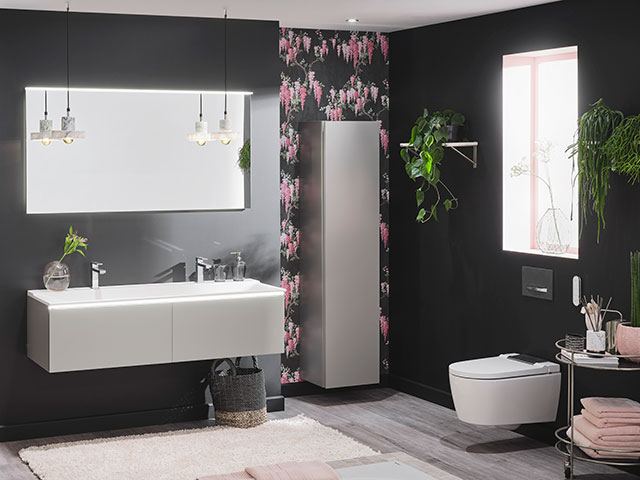The role of biophilic design in sustainable architecture and interiors
The concept of biophilic design and why it's important to create a connection with nature indoors
‘Biophilic design’ are the words on everyone’s lips in the world of design and wellness architecture. Expert Oliver Heath, an expert in sustainable architecture and interiors who has previously spoken at Grand Designs Live on the subject, explains concept behind the buzz and connecting with nature in our homes is important.
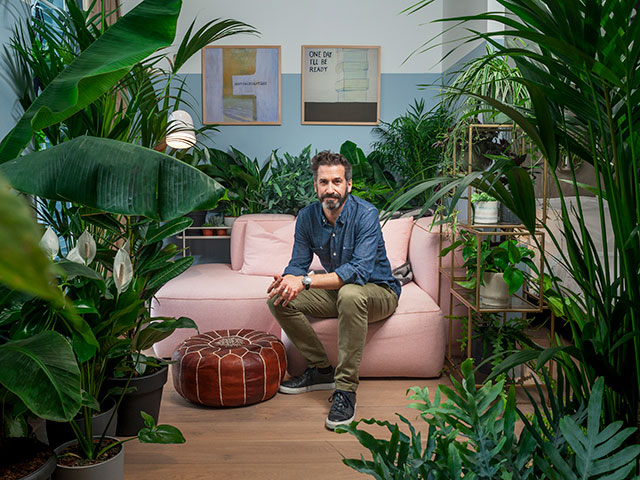
The productivity suite installation at Leman Locke Hotel, designed by Oliver for Thejoyofplants.co.uk. Photo: Simone Morciano
What is biophilic design?
Biophilia means a love of nature – a term that was popularised in the 1980s by the biologist Edward O. Wilson – it’s a relatively new term. It explained humans’ innate attraction and desire to be in and around nature and natural processes, as a means to deal with the stress, anxiety and exhaustion of modern day life. It’s essentially an evolutionary design ethos based on the idea that, for thousands of years, we evolved from very close connection to healthy forms of nature.
Becoming more urbanised since the Industrial Revolution, our built environment is now being filled with dense, geometric forms and spaces where we’re living a close to each other. That results in a pretty far reduced connection to nature because of urban environment and the number of people that we’re surrounded by.
We use biophilic design as a means to put people in a better physical and mental state to reduce this stress and aid recuperation.
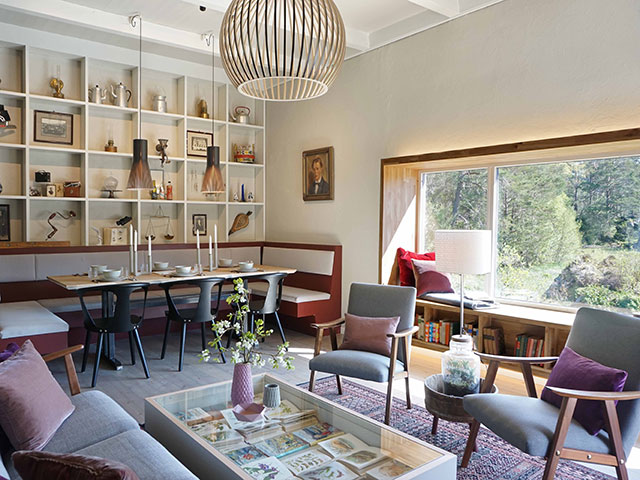
Photo: This countryside villa, designed by Oliver for TV2’s ‘Tid for Hjem’ (Time for Home), connects to the surrounding nature through large picture windows
Biophilic is proving to be a real buzzword in design, interiors and architecture for 2020, why do you think that is?
We know there are some things we can do in our homes to make them more sustainable and practical, and to reduce our use of base resources. But, the reality is that, though this is going to save the planet, the driving force is saving money. Energy and water is very prolific and it’s relatively cheap and accessible, so there’s not a lot of motivation for a lot of people to actually make those changes. It was a very carbon-centred conversation and, having talked about sustainability for over 20 years and specifically about biophilic design for eight, I wanted to shift it to a more human-centred conversation that is essentially saying the same things.
By insulating your home, for example, your home is going to be warmer and less draughty – you’re less susceptible to colds and flu. There’s less chance that there’ll be damp if the house is well ventilated and there will be less mould, which can cause breathing difficulties, asthma and allergies. Essentially, it’s just about something that people are much more passionate about, because everybody wants to be happier and healthier.
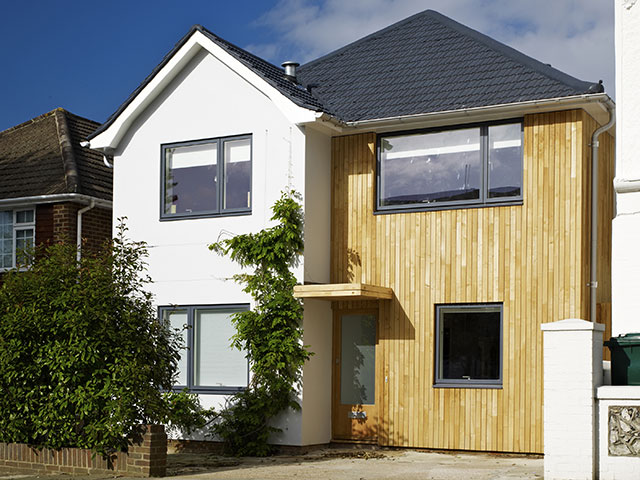
Photo: Oliver’s home in Brighton is clad in timber panelling – a material shown to lower the heart rate in scientific studies
Should we strive for a closer connection with nature?
There have been a number of studies that have shown that having a closer connection to nature in one’s life leads to greater empathy and desire for the conservation of our wider natural environment. If you look after a plant, maybe it becomes a few plants; or you might have a greater connection with your garden or appreciate the benefits of the trees in your local park.
Being in nature makes you want to protect it – whether it’s your plants, your garden, you park, your country or maybe the wider global environment. I think it’s also coming up on the agenda now because so many of the younger generation have a greater interest and passion for protection of the wider environment, but at the same time are not able to influence their own immediate environment because there’s more young people renting homes than buying them.
They can’t paint, they can’t put pictures up – how do they turn the shell they have into a home? Plants are a fantastic way of doing that because they add immediate colour and texture. They create a greater sense of dynamism through movement. They connect you to the sense of place because you literally invest in yourself in the time in the kind of attention you deliver to them. They create visual texture and pattern that makes a blank space into an exciting space through some shape and form.
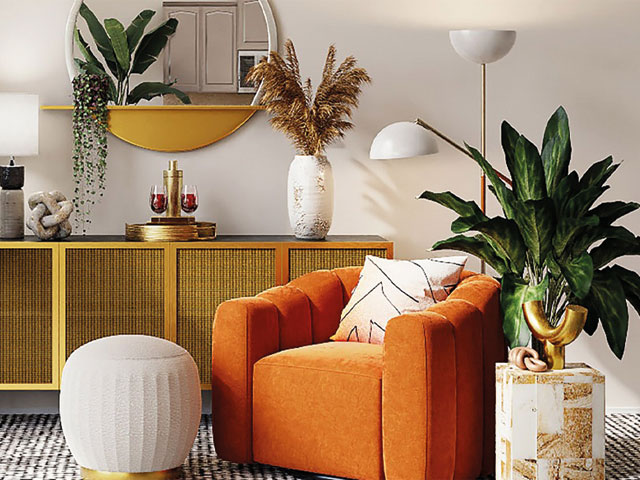
Photo: Spacejoy on Unsplash
What steps should we be making to bring biophilic design into our new builds or renovations?
Having a connection to any outside space is an opportunity to connect with nature. No matter how big or small, your space, you want to make that a place that is easy and accessible to use in as many different weather conditions as possible, to really encourage people to use it.
Make sure that you can position furniture near windows too – there will be more natural light and you’re going to be able to enjoy views for longer which helps to relax the eyes. It might also be about introducing good ventilation systems and ensuring a continuous flow of fresh air into the home – in kitchens, bathrooms and toilets in particular.’
‘It could be about the colours that you use. There’s a principle called ecological valence theory that suggests that we have to have a positive experiences in nature, so if we draw our colour choices from nature, we can gain from this association. Colours like blue are a cool, calming and relaxing reminder of water; green is an invigorating experience and fresh like spring; yellow is a more warming and welcoming like sunshine; and then the orange and red are more stimulating.
Likewise, there’s research demonstrated in a number of different countries around the world that the use of timber walls can actually reduce heart rate, also proving that materials can influence the way we feel.
Lastly, we need to create spaces that allow us to be active, stimulate us to connect with other people and also equally help us to relax and recuperate.

